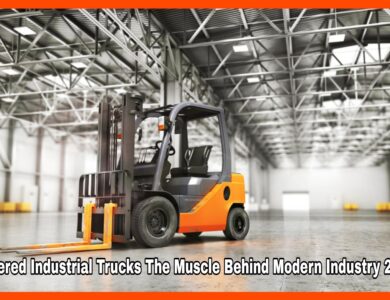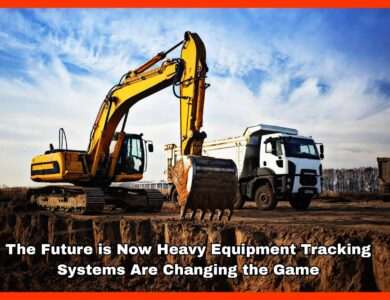Moving Big Equipment The Loud Wild and Unexpected Ballet of Steel
Moving Big Equipment The Loud Wild and Unexpected Ballet of Steel

Moving Big Equipment The Loud Wild and Unexpected Ballet of Steel
Buckle up, because we’re diving deep into the world of giants. We’re not talking about fairy tales here—we’re talking cranes, dozers, turbines, excavators. We’re talking machines so big they have nicknames and their own Twitter accounts. Ever seen a 500-ton generator squeeze through a small-town intersection like a sumo wrestler tiptoeing on a balance beam? You’re about to.

What Is Big Equipment Anyway?
When we say big equipment, we’re not talking about the stuff you rent on a Saturday morning from the hardware store. No sir. We’re talking about:
-
Crawler Cranes the size of small skyscrapers
-
Mining Trucks with tires taller than your dreams
-
Tunnel Boring Machines (TBMs) that chomp through rock like it’s cheesecake
-
Wind Turbine Blades longer than a 747
-
Modular Transformers that arrive on 100-wheeled trailers like royalty
How Do You Even Begin to Move That?
You don’t just slap a “Wide Load” sign on and hit the highway.
Here’s a brief look at how it’s really done:
-
Planning – Every move starts with a military-grade operation plan. And yes, sometimes the military is actually involved.
-
Permitting – You’ll need permits. Lots of them. Municipal, state, federal… even railway sometimes.
-
Route Surveys – Engineers crawl the entire path checking bridge tolerances, corner angles, and tree branches. It’s like a treasure map, but for nightmares.
-
Specialized Transport – Modular trailers with hydraulic suspension, rotating axles, and enough tires to confuse a centipede.
-
Crew Coordination – Operators, escorts, utility crews, cops. It’s a convoy, not a commute.
“There’s no such thing as overkill when you’re moving a power station.” — Logistics Manager, probably.
Did You Know?
-
The largest land transport ever completed was a 17,000-ton oil platform moved in Norway.
-
Some equipment is moved on barges, not roads, because it’s cheaper to float than to fight traffic.
-
In extreme cases, entire buildings are lifted and transported (yes, this counts as “equipment” when it’s industrial).
Why Does It Even Matter?
Because infrastructure doesn’t build itself, and we can’t 3D print a hydroelectric dam (yet). The movement of big equipment is the backbone of global development.
From renewable energy projects to urban megastructures, these behemoths are shaping the modern world.
Challenges (and Total Chaos)
-
Weather delays that turn million-dollar machines into sitting ducks.
-
Unexpected route changes because of a road closure 3 months ago.
-
Public freak-outs when a turbine blade passes within inches of someone’s Subaru.
Let’s face it: moving big equipment isn’t just logistics—it’s a circus of nerves, timing, and steel.
Big equipment moves aren’t just impressive—they’re necessary. Behind every wind farm, bridge, or megafactory is a team of sweaty, brilliant humans coordinating these monstrous dances.
It’s not just a move. It’s a statement.
Whether you’re an engineer, enthusiast, or just someone who loves a good underdog story (where the underdog is a 400-ton turbine), remember this: The next time you see blinking lights and a slow-moving convoy, you’re witnessing something extraordinary.



